Employee Engagement and Leadership: Strategies and Analysis Report
VerifiedAdded on 2021/06/15
|8
|541
|70
Report
AI Summary
This report explores the crucial connection between employee engagement and leadership, drawing on the work of The Frisina Group and the newsletter by Shuck & Herd (2012). It highlights the role of junior leaders as 'strategic corporals' in facilitating change management and bridging the gap between senior leadership and ground-level staff. The report discusses methodologies for enhancing employee engagement, including rational, emotional, and motivational approaches, as well as the importance of these factors in driving organizational growth and development. The analysis emphasizes that effective leadership, particularly the involvement of junior leaders, is key to fostering a workplace where employees are engaged and motivated. The report concludes by underscoring the importance of senior leaders leveraging the insights and connections of junior leaders to improve engagement.
1 out of 8
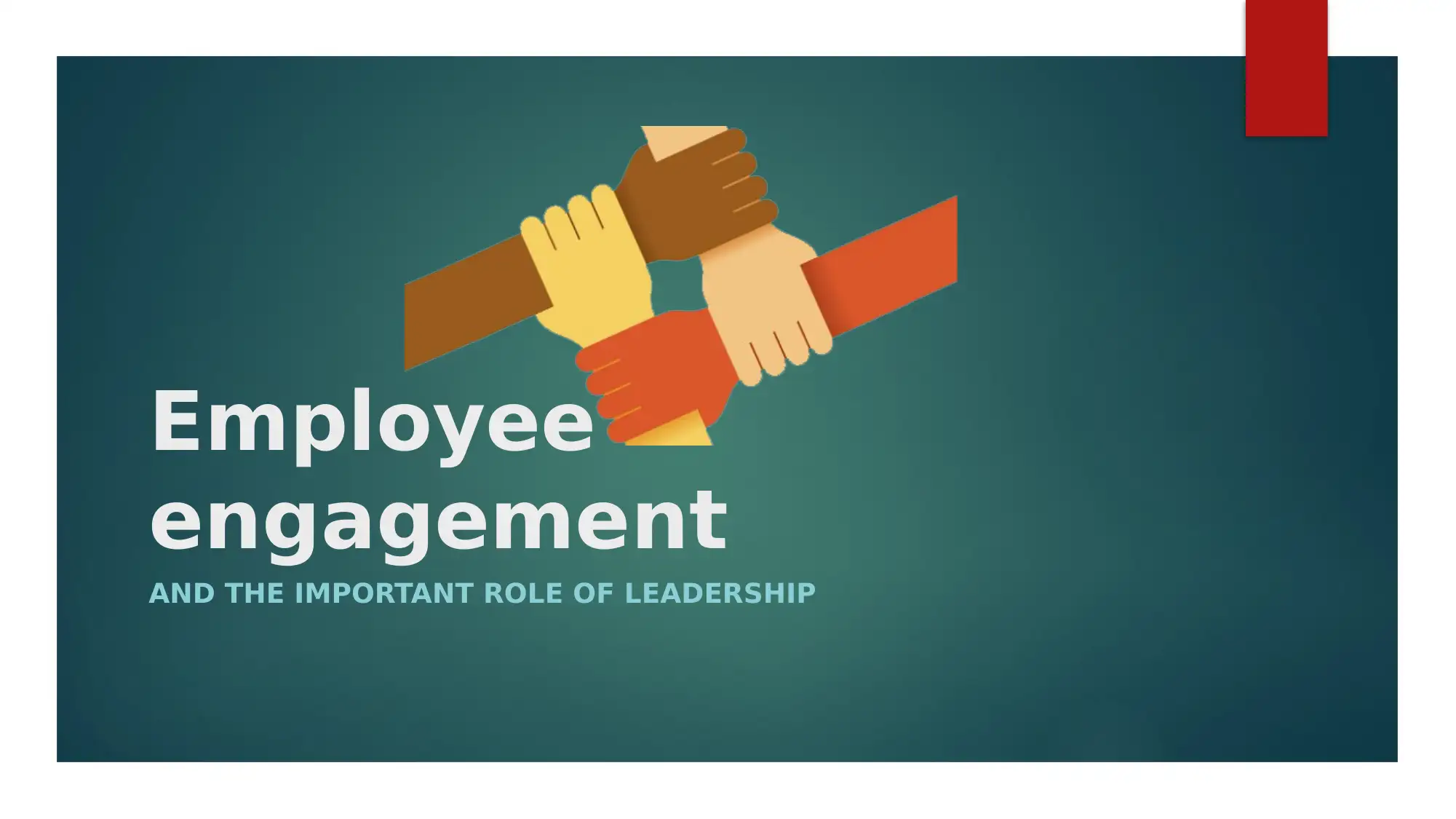
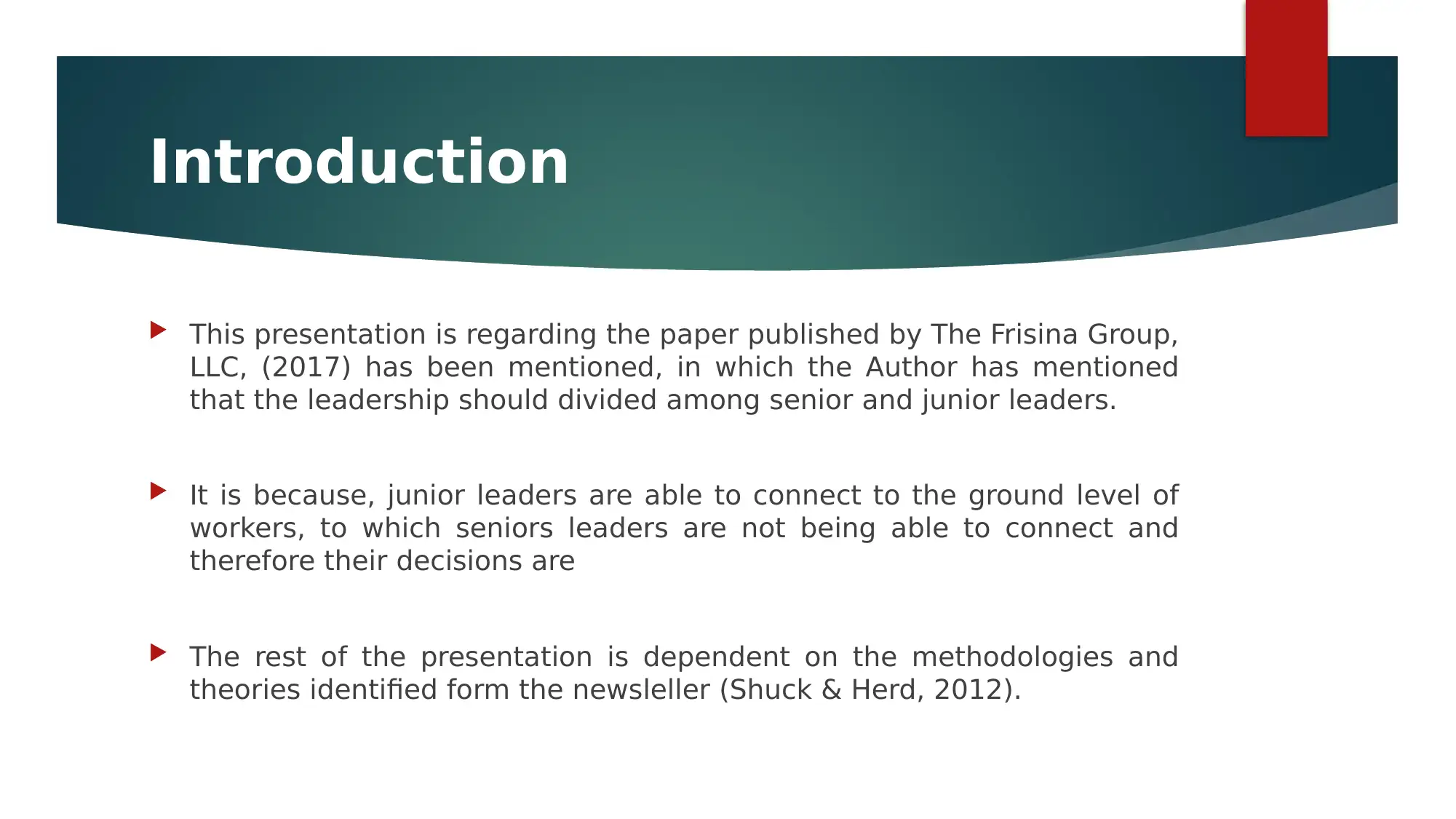
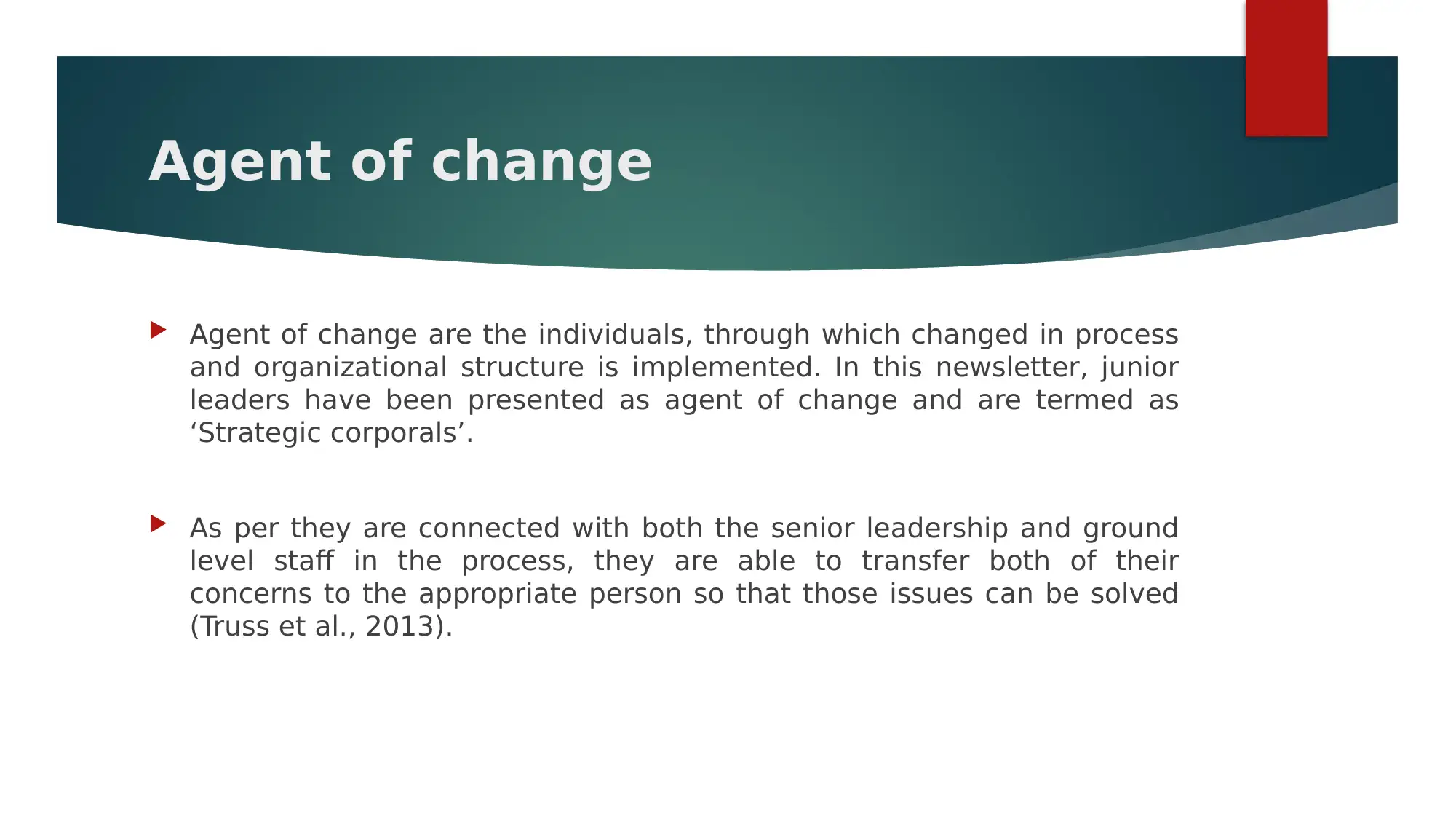

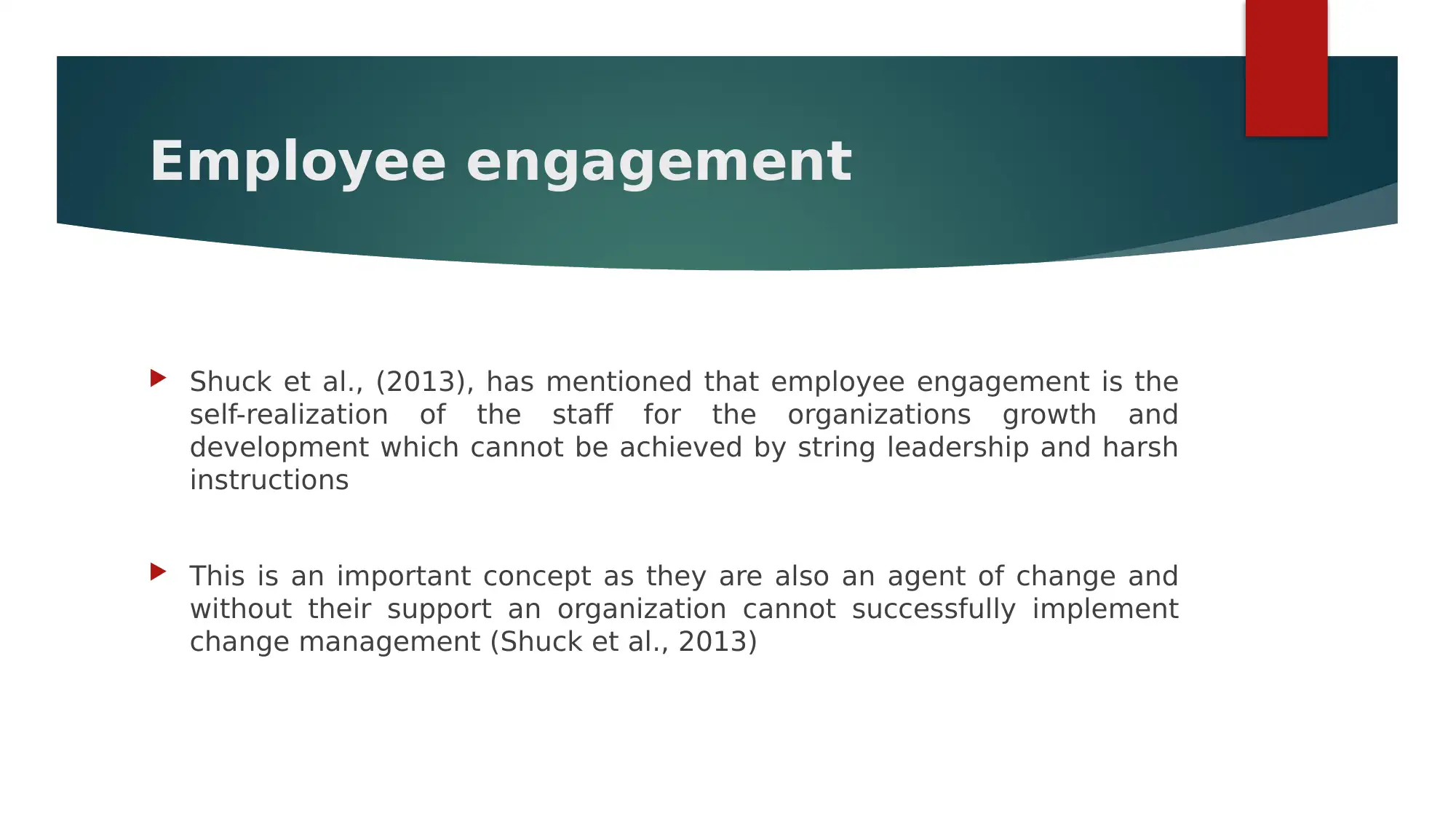
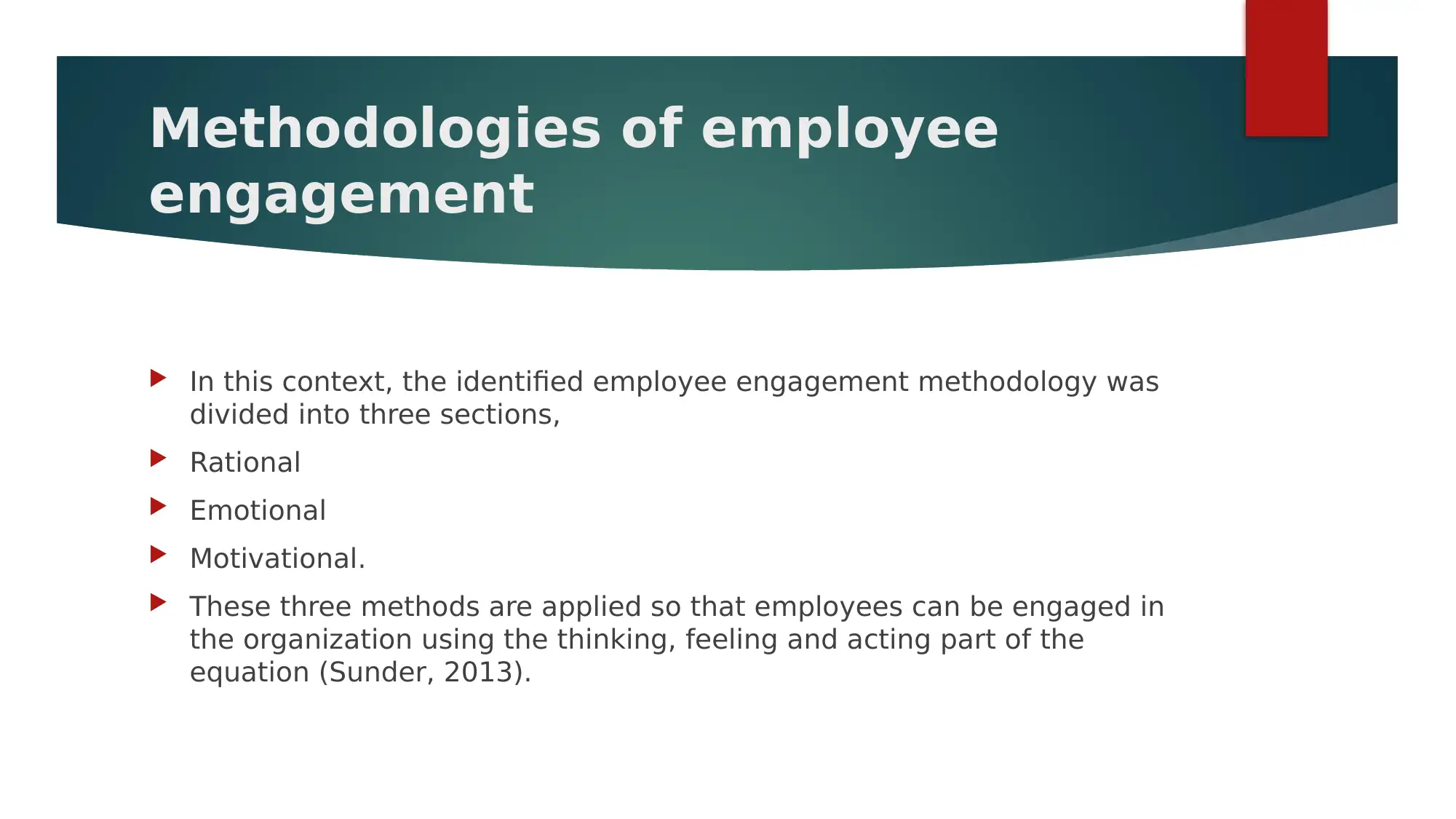
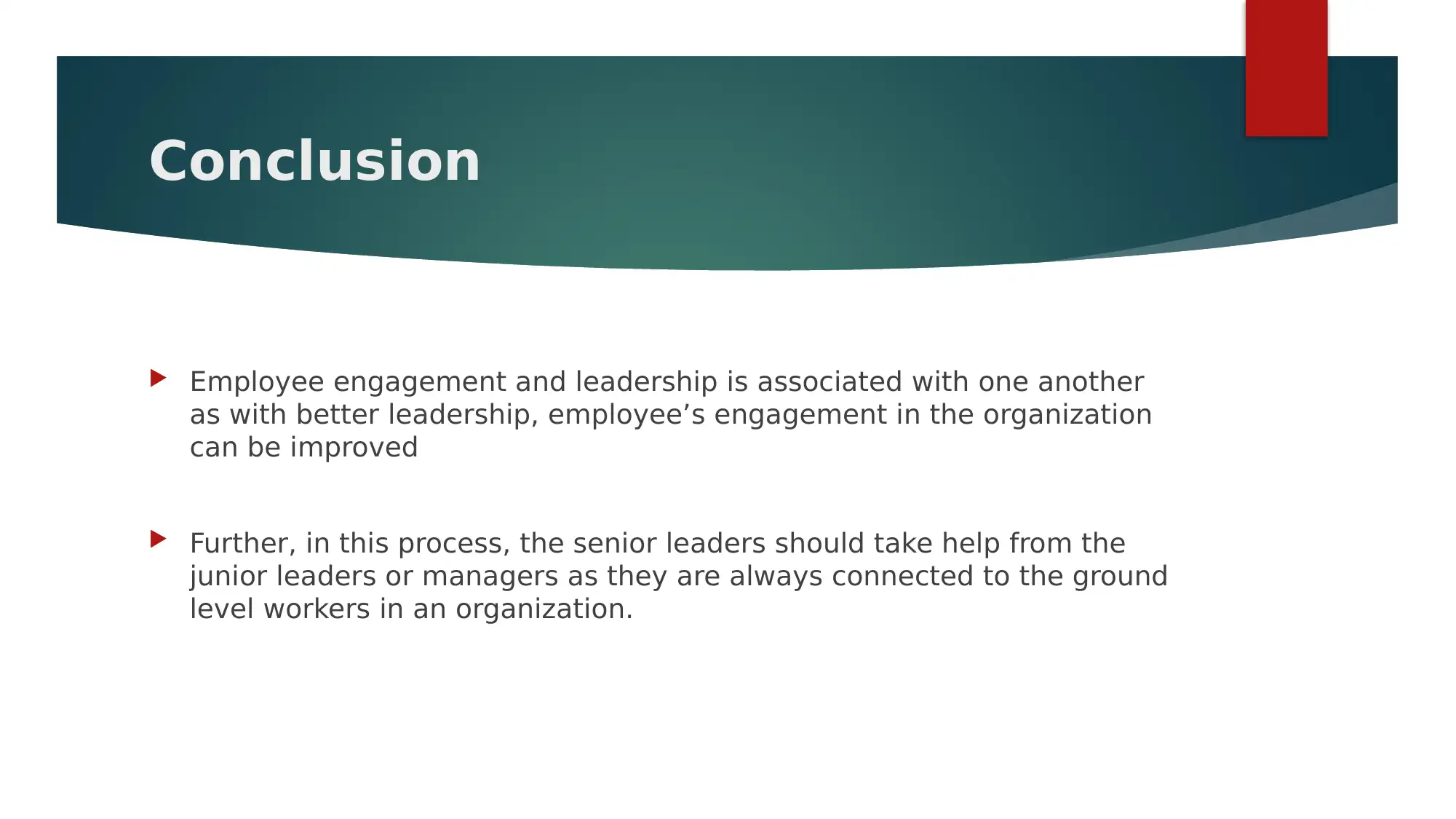
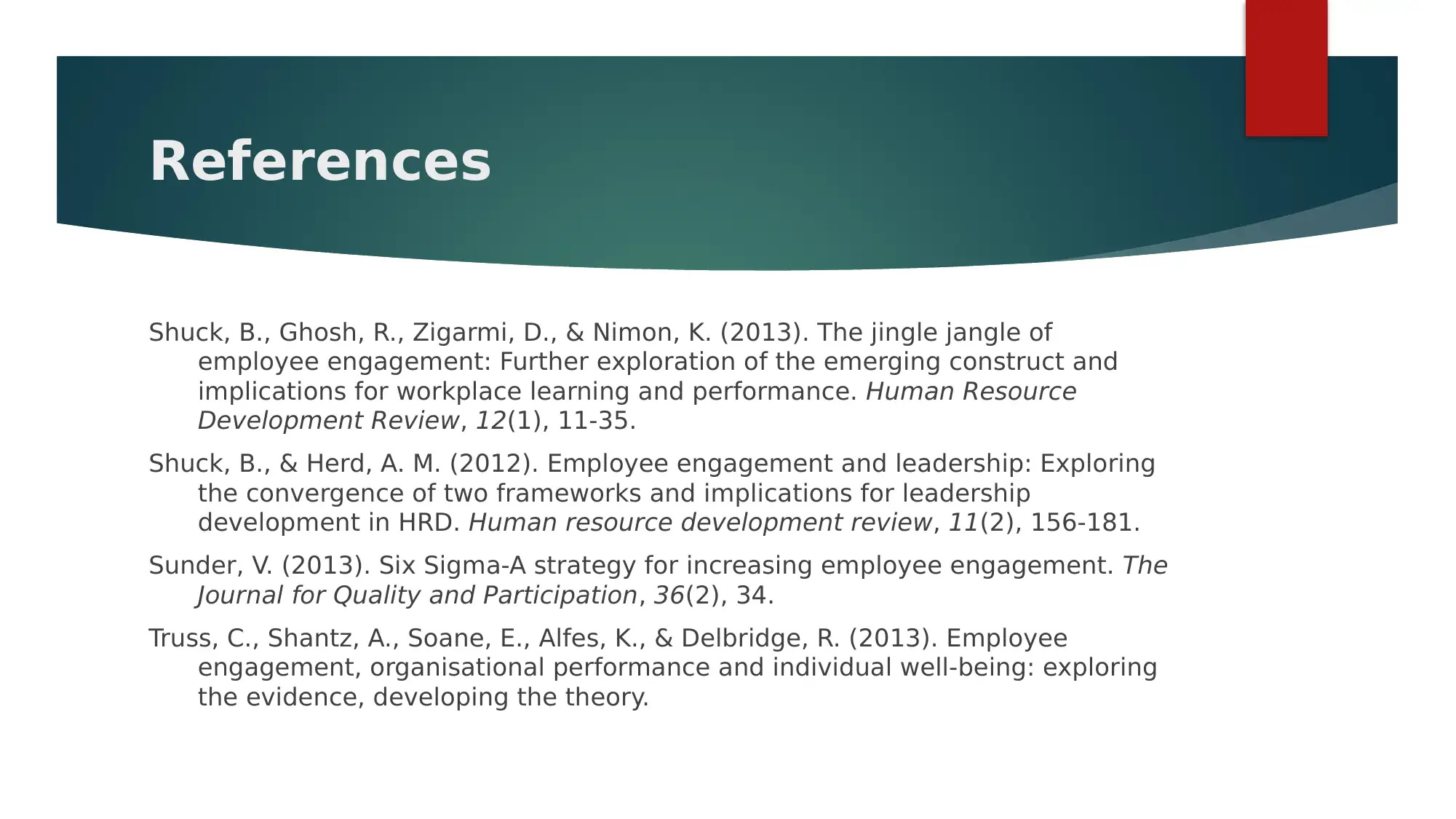


![[object Object]](/_next/static/media/star-bottom.7253800d.svg)